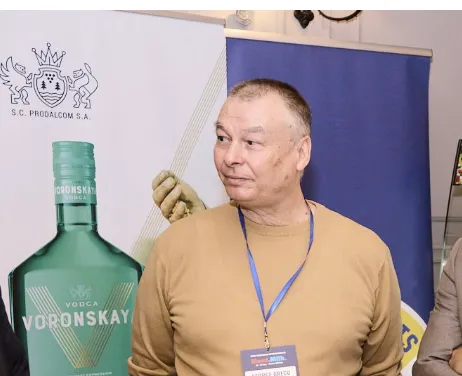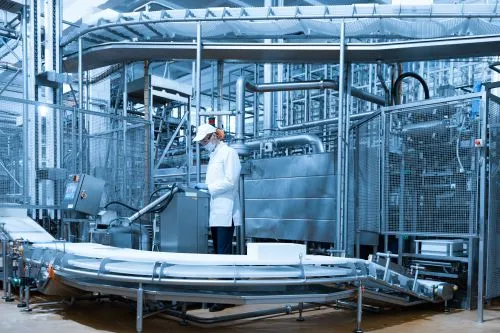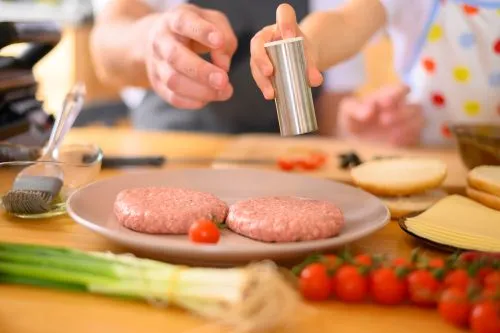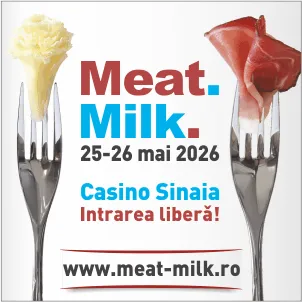998

EU Plans to Keep Livestock and Meat Production at the Core of Its Agri-Food Strategy
According to FoodNavigator, citing sources from Brussels, the European Union’s plans indicate that the bloc will continue to consider livestock and meat production as key components of its agri-food strategy.
A Vision with Meat
Meat remains a firm pillar of the European Commission’s much-anticipated Vision for Agriculture and Food Strategy.
Alongside other key commitments and focus areas—including strengthening and enhancing the competitiveness of the EU’s agri-food industry—the Vision document establishes livestock farming and meat production as essential pillars of the agricultural economy.
“The EU livestock sector is indispensable to the overall agricultural landscape,” says Birthe Steenberg, Secretary-General of AVEC, the European poultry trade organization.
“We need policies that support our farmers and food producers, not policies that create additional burdens or expose them to unfair competition,” Steenberg adds.
Europe’s Livestock Sector Is "Vulnerable"
It is hoped that the new Vision Strategy will serve as a simplified alternative to the current agricultural legislative framework, promoting innovation and sustainability.
The Vision Report describes the EU’s livestock sector as "particularly vulnerable" to various shocks and global competition.
Its high animal welfare standards and ongoing efforts to improve them are "not reciprocated globally," putting EU farmers and food producers at a disadvantage on the international market.
“Such standards also come at a cost, which the market does not always reward,” the report states. “Livestock is and will remain an essential part of EU agriculture, competitiveness, and cohesion.”
Although livestock farming remains part of the European Commission’s future strategy, sustainability is emphasized as a crucial aspect.
The Future of Livestock and Meat Production
The report highlights that there is no one-size-fits-all approach to ensuring a sustainable, long-term future for livestock in the EU.
However, region-specific solutions could be introduced to support both competitiveness and sustainability within the sector.
“A strong boost could come from designing favorable conditions for the development of a ‘livestock production chain of excellence,’” the report states.
To shape the future of livestock and the meat industry in Europe, a "livestock workstream" will be launched. This initiative aims to develop what the report refers to as "policy pathways".
These pathways would aim to: ✅ Diagnose challenges in the sector ✅ Propose tools and solutions to address them ✅ Explore new ways to reduce the sector’s environmental footprint ✅ Encourage investments in sector-specific technology and innovation ✅ Improve sustainable production methods





